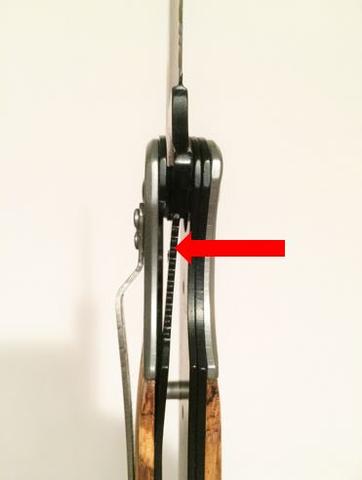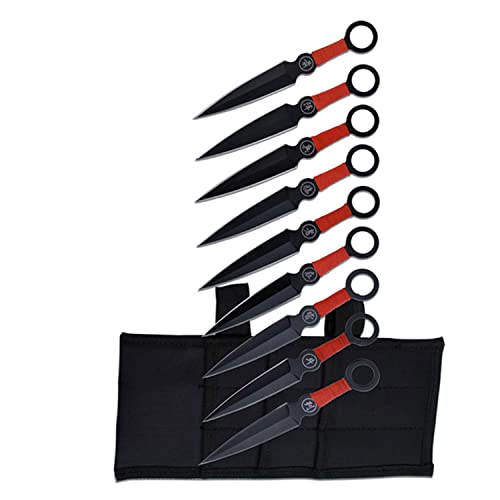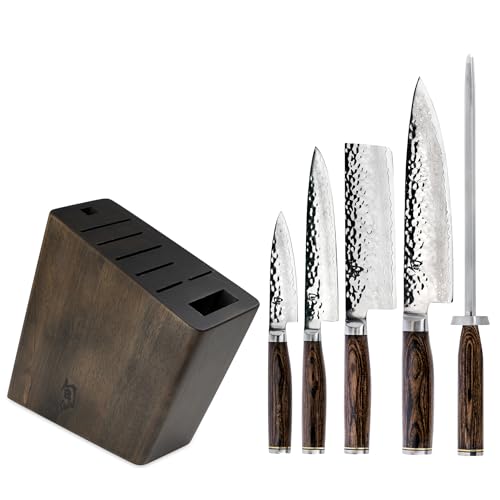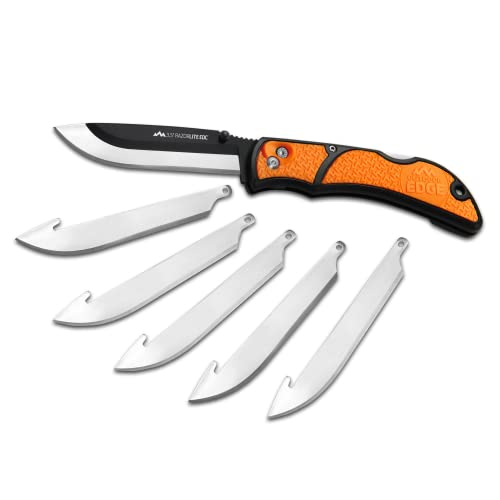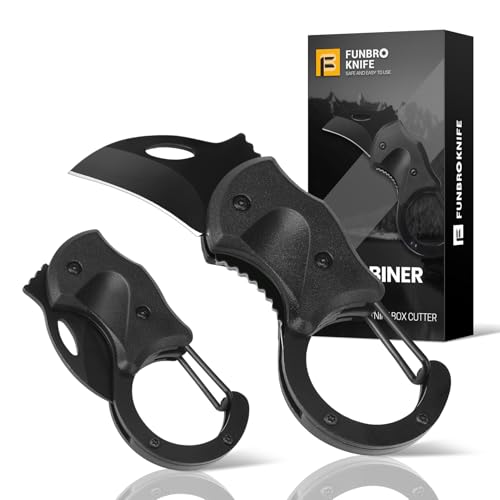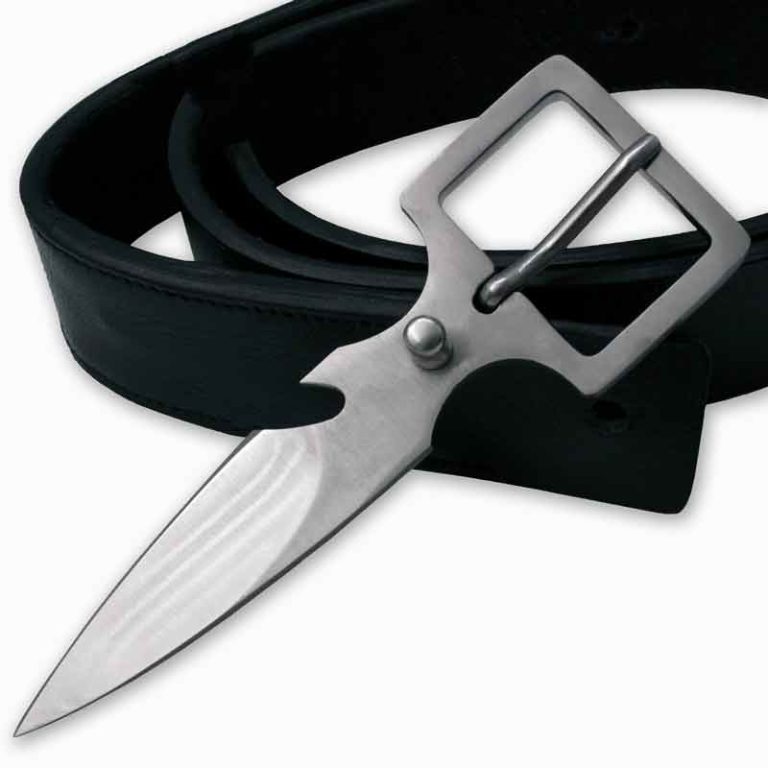How to Close a Pocket Knife? Master Safe Techniques
How to close a pocket knife? To close a pocket knife, hold the handle firmly, press the blade release mechanism (usually a liner lock or back lock), and carefully push the blade back into the handle using your other hand. Keep fingers clear of the blade’s path to avoid injury. Ensure it clicks shut securely.
Sound familiar? You’re not alone. Knowing how to close a pocket knife is a crucial skill, whether you’re a seasoned camper or just someone who uses one for everyday tasks. We’ll guide you through the simple steps to safely and efficiently close a pocket knife.
No more awkward moments or accidental nicks. We’ll demystify the process so you can handle your knife with confidence and ease. By the end, you’ll be equipped with the know-how to close your pocket knife like a pro, ensuring safety and peace of mind every time. Ready to master this essential skill? Let’s get started.

Credit: www.youtube.com
How to Close a Pocket Knife?
Knife Safety Basics
Knife safety is crucial, especially when handling pocket knives. Many people underestimate the importance of safely closing a pocket knife, often leading to accidents. Understanding the basics ensures that you can confidently handle your knife without risking injury.
Understanding The Locking Mechanism
Most pocket knives come equipped with a locking mechanism. Familiarize yourself with the specific type of lock on your knife. Whether it’s a liner lock or a lock-back, knowing how it functions is key to safely closing the knife.
Try testing the lock in different scenarios. Practice engaging and disengaging it with both hands. This will help you understand its behavior and avoid surprises.
Keep Fingers Away From The Blade
When closing your pocket knife, pay attention to your fingers. Always keep them clear of the blade’s path. Many accidents happen because fingers are too close to the blade edge.
Think of your fingers as precious tools. Protect them as you would any valuable asset. A small mistake can lead to painful cuts.
Use Both Hands For Better Control
Using both hands provides better control when closing a pocket knife. It’s tempting to use just one hand for convenience, but this increases the risk of accidents.
Try stabilizing the knife with one hand while the other closes the blade. This dual approach provides steadiness and minimizes the chance of slipping.
Check Surroundings Before Closing
Always be aware of your surroundings before closing your knife. Ensure no one is nearby who might accidentally get hurt. A sudden movement can be dangerous if someone is close.
Imagine the embarrassment of accidentally nicking someone. Checking your environment takes just seconds but can prevent unpleasant situations.
Reflect On Past Mistakes
Consider any past mishaps you’ve had with pocket knives. Reflecting on these can help you avoid repeating them. Awareness of previous errors is a powerful tool for improvement.
Have you ever closed a knife too quickly and felt a rush of panic? Use that memory to be more cautious and deliberate in your actions.
Knife safety is about being proactive. What changes can you make to your routine to ensure better safety? Implementing these basics might just prevent a future accident.
Types Of Pocket Knife Locks
Understanding how to close a pocket knife is crucial for safety. Pocket knives come with various locking mechanisms. Each type has its unique way of closing. Knowing these locks helps in handling the knife efficiently.
Pocket knives are not just tools; they are companions in many tasks. Their versatility depends on the lock type. Here are some common types.
Lockback
The lockback is a classic knife lock. It features a spine lock. Push down the lock to close the knife. This type is reliable for many users. It is simple to operate, even for beginners.
Liner Lock
The liner lock is popular in modern knives. It has a side spring lock. To close, push the liner away from the blade. This lock offers convenience and ease. Many find it user-friendly and quick.
Frame Lock
Similar to the liner lock, the frame lock uses part of the handle. The frame itself locks the blade. Push the frame aside to close. This lock provides strong support. Users appreciate its durability.
Button Lock
The button lock is intuitive and easy. A button releases the blade for closing. Press the button, then fold the blade. This lock is often found in automatic knives. It is ideal for quick access.
Compression Lock
The compression lock is a unique mechanism. Located on the spine, it is easy to operate. Squeeze the lock to close the knife. Many value its strength and security. It is a reliable choice for many tasks.
Understanding these locks enhances your knife handling skills. Choose the right lock for your needs. Stay safe and efficient with your pocket knife.
Steps To Safely Close A Pocket Knife
Closing a pocket knife safely is crucial for avoiding accidents. Understanding the correct steps can prevent injuries and ensure longevity. Many people use pocket knives daily. Knowing how to close them safely is essential.
Step 1: Hold The Knife Firmly
Begin by holding the knife firmly. Use your dominant hand for better control. Ensure your fingers are away from the blade. Gripping the handle securely is key.
Step 2: Locate The Lock Mechanism
Identify the lock mechanism on your knife. Different knives have different locks. Common types include liner and back locks. Knowing your lock type helps in closing.
Step 3: Disengage The Lock
Press or slide the lock to disengage. This action releases the blade. Keep fingers clear of the blade path. Ensure the lock is fully disengaged.
Step 4: Fold The Blade
Gently fold the blade into the handle. Use steady pressure to avoid snapping. Ensure the blade aligns with the handle slot. Double-check for secure closure.
Step 5: Verify Closure
Inspect the knife to confirm closure. The blade should be fully inside the handle. Test the lock to ensure it’s secure. A proper check prevents accidental openings.
Following these steps ensures your pocket knife closes safely. Regular practice enhances confidence and safety. Always prioritize safety when handling knives.
Common Mistakes To Avoid
Many people struggle with closing a pocket knife safely. Forgetting to check the blade lock is common. Always ensure your fingers are clear of the blade path.
When it comes to handling pocket knives, understanding the right techniques is crucial, particularly when closing them. While it might seem straightforward, many people make mistakes that can lead to injuries or damage to the knife. Recognizing these common errors can improve your safety and prolong the life of your knife.
1. Failing To Check The Blade Lock
Always ensure the blade lock is fully engaged before attempting to close the knife. Many pocket knives come with a locking mechanism to keep the blade in place during use. Ignoring this can lead to the blade snapping shut unexpectedly. This is a common oversight that can easily be avoided by taking a moment to check.
2. Using Excessive Force
Forcing a pocket knife closed can damage the blade or the locking mechanism. If you find yourself struggling to close the knife, it may be due to debris or a malfunction. A gentle touch is often more effective. Clean the knife and try again rather than forcing it shut.
3. Ignoring The Blade’s Path
Keep your fingers clear of the blade’s closing path. It might sound obvious, but many injuries occur because fingers are placed in the wrong position. Always be mindful of where your fingers are before closing the knife. This small adjustment can prevent unnecessary cuts.
4. Skipping Regular Maintenance
Neglecting regular maintenance can lead to a stiff or faulty mechanism. Keep your knife clean and well-lubricated to ensure smooth operation. You wouldn’t want the knife to jam at a crucial moment. Regular care can make a significant difference in your knife’s performance.
5. Misunderstanding The Knife’s Design
Different pocket knives have various closing mechanisms, such as liner locks, back locks, or frame locks. Understanding your specific knife’s design is essential. Have you ever tried to close a knife the wrong way because you assumed it was like another model? It’s a common mistake. Familiarize yourself with the manual or instructions that come with your knife. Avoid these pitfalls to enjoy a safer and more efficient experience with your pocket knife. Which mistake have you caught yourself making before?
Maintenance Tips For Longevity
Closing a pocket knife safely extends its life. First, ensure the blade is clean and dry. Press the lock mechanism, gently folding the blade back into the handle. Proper maintenance helps prevent rust and keeps the knife functional. Regularly check for any loose screws or parts to ensure safe operation.
Maintaining your pocket knife not only extends its life but also ensures it functions smoothly every time you need it. Regular upkeep keeps the blade sharp and the mechanism reliable. This means fewer frustrations and more enjoyment from using your trusty tool. Let’s dive into some practical tips that you can easily follow.
1. Regular Cleaning
Keeping your pocket knife clean is crucial. Dust, dirt, and grime can accumulate in the handle and blade, leading to rust or a stiff mechanism. Wipe your knife with a damp cloth after each use and dry it thoroughly. If you carry it daily, consider a more thorough clean weekly using mild soap and water. Remember to avoid soaking the knife, as this can damage certain handle materials.
2. Lubrication
A well-lubricated knife ensures smooth opening and closing. Use a drop of mineral oil or a knife-specific lubricant on the pivot point. Apply the oil sparingly, as too much can attract dirt. Open and close the knife a few times to distribute the oil evenly. Have you ever noticed a squeaky hinge? A little oil can make a big difference.
3. Sharpening The Blade
A sharp knife is a safe knife. Regular sharpening maintains the blade’s effectiveness, reducing the effort needed during use. Use a whetstone or a sharpening tool suited to your blade type. Check the blade angle—most pocket knives are sharpened to a 20-degree angle. How often do you sharpen your knife?
4. Checking The Locking Mechanism
Ensure the locking mechanism functions properly to avoid accidents. Inspect it regularly for wear or damage. If the lock doesn’t engage securely, it might be time for a professional inspection or replacement. A reliable lock is key to safe usage, especially for more demanding tasks.
5. Proper Storage
Store your knife in a dry place to prevent rust. If you don’t use it daily, consider keeping it in a protective case. Avoid leaving it in humid environments like a bathroom or a damp basement. Proper storage is the first line of defense against environmental damage.
6. Avoiding Misuse
Using your pocket knife for unintended purposes can lead to damage. It’s a cutting tool, not a screwdriver or a pry bar. Use it appropriately to maintain its integrity. Have you ever caught yourself using it to open a stubborn jar? Resist the temptation to misuse it. With these maintenance tips, your pocket knife can serve you well for years. Treat it with care, and it will be ready whenever you are. What’s your go-to tip for maintaining your knife?

Credit: www.wikihow.com
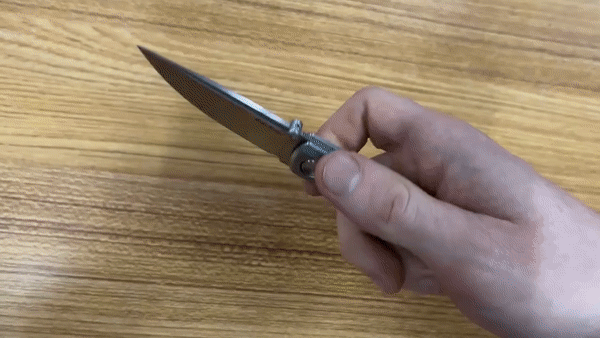
Credit: www.realsteelknives.com
Frequently Asked Questions
How Do I Safely Close A Pocket Knife?
Hold the knife handle securely. Press the blade lock mechanism. Slowly fold the blade back into the handle.
What Should I Check Before Closing A Knife?
Ensure the blade is clean. Confirm the locking mechanism is disengaged. Check your fingers are clear of the blade path.
Can I Close A Pocket Knife With One Hand?
Yes, some knives have one-handed closing features. Practice carefully. Ensure your fingers are safe from the blade.
Conclusion
Closing a pocket knife safely is important. Start by holding the handle firmly. Press the lock mechanism to release the blade. Keep fingers away from the closing edge. Gently fold the blade back into the handle. Ensure it clicks into place.
Practice makes perfect with pocket knives. Always be cautious and focused. A closed knife is a safe knife. Remember, safety comes first. With these steps, you can close your pocket knife easily. Share these tips with friends who use pocket knives.
Related Article

